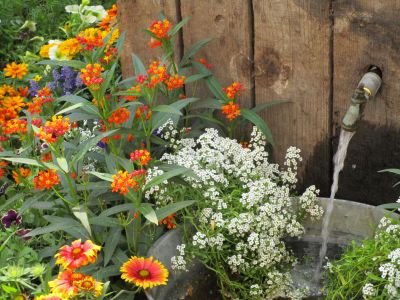Topographical characteristics, as well as features of the landscape, can greatly influence the climate of the garden and how it is used. By utilizing microclimates to their advantage, however, gardeners can create beautiful and vibrant garden spaces that serve a wide range of purposes.
How to Use Microclimates
When designing a garden with microclimates in mind, it will first be important to closely observe the various conditions. It is imperative to consider the needs of the plants and be sure those are met during both the warmest and coldest times of the year. While temperature is most often discussed, microclimate gardening can also involve different aspects, such as water, amount of sunlight, and even exposure to wind. Each of these characteristics can greatly impact the overall health and growth of plants. Gardening with microclimates can be especially useful for those who wish to extend the growing season. Strategically placed trees, paths, or water features are only a few ways to create microclimate zones conducive to gathering and retaining heat. This type of microclimate zone allows for soils to warm more quickly in the spring, and to help keep the garden frost-free for a longer period in the fall. Microclimates are further amplified for those living in larger cities, due to the urban heat effect. Using microclimates to your advantage can not only assist in increasing yields in the garden, but also improve one’s overall enjoyment of outdoor spaces. The implementation of trees, shade structures, and well-ventilated areas can help to create cool and relaxing patios and sitting areas. While aspects like elevation cannot be changed, it is possible to craft useful microclimates in the yard. With attention to detail and planning, gardeners are able to better utilize different areas of their yards and enjoy them all season long.
